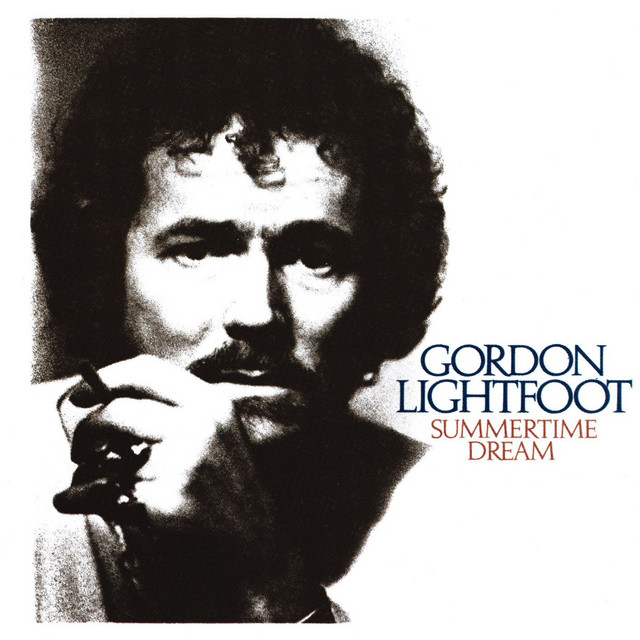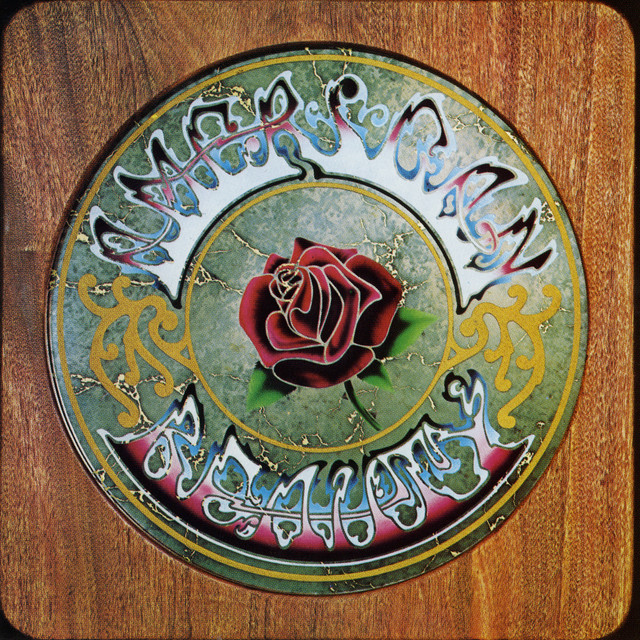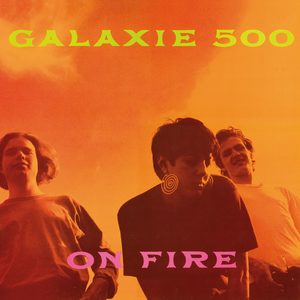On Nov. 10, 1975, Lake Superior, the “Graveyard of the Great Lakes,” took its most infamous victim, the S.S. Edmund Fitzgerald. With the 49th anniversary of the wreck happening over a week ago, it feels like a good time to write about what happened on that fateful night along with the song that carries on the legacy of the great ship and crew.
Gordon Lightfoot’s song “The Wreck of the Edmund Fitzgerald” tells the story of the ship’s demise. Lightfoot’s engaging storytelling makes the listener feel as though they’re on the ship with the crew, witnessing the night’s events unfold in real time. Stylistically, the song is straightforward, with seven verses and instrumental breaks woven throughout.
“The Wreck of the Edmund Fitzgerald” starts by explaining Lake Superior’s legends.
“The legend lives on from the Chippewa on down /
Of the big lake they called Gitche Gumee /
The lake, it is said, never gives up her dead /
When the skies of November turn gloomy /
With a load of iron ore twenty-six thousand tons more /
Than the Edmund Fitzgerald weighed empty /
That good ship and true was a bone to be chewed /
When the gales of November came early”
Gitche Gumee comes from the name the Ojibwe gave the lake, “ᑭᒋᑲᒥ (gitchi-gami).” When loosely translated, the name means “great sea.” Looking across Lake Superior is like gazing into an expansive ocean with no end in sight. The first use of Gitche Gumee comes from Henry Wadsworth Longfellow’s poem “The Song of Hiawatha” written in 1855. Coincidentally, the poem was published on Nov. 10, exactly 120 years before the wreck of the Fitzgerald.
The month of November brings low-pressure storms to the northern Midwest. This causes winds to pick up speed, with gusts sometimes exceeding 100 mph. These intense winds are known as the Gales of November, and they create magnificent waves in Lake Superior.
Verse two is about the ship itself and its last planned route.
“The ship was the pride of the American side /
Coming back from some mill in Wisconsin /
As the big freighters go, it was bigger than most /
With a crew and good captain well seasoned /
Concluding some terms with a couple of steel firms /
When they left fully loaded for Cleveland /
And later that night when the ship’s bell rang /
Could it be the north wind they’d been feelin’?”
When launched in 1958, the Fitzgerald was the largest ship to sail the Great Lakes for 13 years, according to the Great Lakes Shipwreck Museum. The building of the ship was backed by the Northwestern Mutual Life Insurance Co. and was named after its president. During its lifetime, the ship was responsible for delivering taconite, an iron ore, to steel mills in the Lower Great Lakes region.
Though the song states Cleveland as the planned destination, the Fitzgerald was actually bound for Zug Island, which is off of the Detroit River. The location may not have been correct, but it made for a good rhyme scheme.
Obviously, Lightfoot wasn’t aboard the Fitzgerald, so he takes creative liberty when writing about what happened on the ship. However, his imagination creates a story that sucks the listener in.
“The wind in the wires made a tattle-tale sound /
And a wave broke over the railin’ /
And every man knew, as the captain did too /
‘Twas the witch of November come stealin'”
The Fitzgerald took off from Superior, Wis. on Nov. 9, 1975. Another ship, the S.S. Arthur M. Anderson took off a bit after. The two ships were in radio contact up to the point of the Fitzgerald’s disappearance. Just a bit after the Fitzgerald launched, the National Weather Service announced gale warnings for the area the two ships were about to sail through.
Captain McSorley, who was operating the Fitzgerald and Captain Cooper, who was operating the Anderson, agreed to take a northern route closer to the Canadian shore to avoid the storm’s intensity. However, they eventually had to cut through the lake to get to Whitefish Bay, Mich., a safe point.
According to records kept by the Great Lakes Shipwreck Museum, Cooper watched the Fitzgerald pass close to the Six Fathom Shoal north of Caribou Island. This area is known for being dangerously shallow. One of the theories about what caused the Fitzgerald to crash has to do with potential damage to the ship caused by passing through the area.
One of the highlights of the song comes through at the beginning of the fourth verse, displaying another example of Lightfoot’s fantastic storytelling.
“When suppertime came the old cook came on deck sayin’ /
‘Fellas, it’s too rough to feed ya’ /
At seven P.M. a main hatchway caved in, he said /
‘Fellas, it’s been good to know ya”
The final communication between the Fitzgerald and Anderson occurred around 7:10 p.m. on the night of Nov. 10. when the First Mate of the Anderson, Morgan Clark, checked in with McSorley. Before this, the Fitzgerald had lost both of its radars, so the Anderson was providing radar assistance.
Clark asked McSorley, “By the way, Fitzgerald, how are you making out with your problem?”
McSorley replied, “We are holding our own.”
Around 10-20 minutes later, the Anderson lost contact with the Fitzgerald and the ship’s lights disappeared. The Anderson contacted the U.S. Coast Guard and other ships in the area to ask if they could locate the Fitzgerald, but no one could. It is estimated that the Fitzgerald crashed between the times of 7:20 and 7:30 p.m.
In the fifth verse of the song, Lightfoot theorizes on what caused the wreck to occur.
“They might have split up or they might have capsized /
They may have broke deep and took water /
And all that remains is the faces and the names /
Of the wives and the sons and the daughters”
The Fitzgerald was eventually found 535 feet below the surface of Lake Superior, split in half. After a few expeditions, the Canadian government declared the site a “watery grave,” making it illegal to conduct any more expeditions after 2006.
There is still no conclusive evidence leading to an answer for what caused the ship to sink. In 1977, the U.S. Coast Guard released an official report saying that the most probable cause for the ship’s sinking was a loss of stability due to flooding in the cargo hold caused by crew error. However, many disagree with this theory. The Lake Carriers’ Association released a statement a few months after the Coast Guard, saying that the Coast Guard theory was wrong and that it was the ship passing over the Six Fathom Shoal that caused internal flooding and damage.
People can theorize about what happened that night, but it does not take away from the fact that 29 lives were lost to Lake Superior’s treacherous waters. In the last verse of the song, Lightfoot sings about a church service honoring the lives lost on the Fitzgerald. The same church rings its bell every year on Nov. 10 but now memorializes every life lost to the Great Lakes.
“In a musty old hall in Detroit they prayed /
In the Maritime Sailors’ Cathedral /
The church bell chimed till it rang twenty-nine times /
For each man on the Edmund Fitzgerald”
Lightfoot passed away in 2023, and to honor him and his contributions to the remembrance of the wreck, the Mariner’s Church of Detroit rang the bell 30 times: 29 times for the crew and once for Lightfoot.
“The Wreck of the Edmund Fitzgerald” is one of the most popular songs in Lightfoot’s discography, and listening to it in November is a tradition for many. If you’re looking for a folk song that tells a good story, “The Wreck of the Edmund Fitzgerald” is right up your alley.











